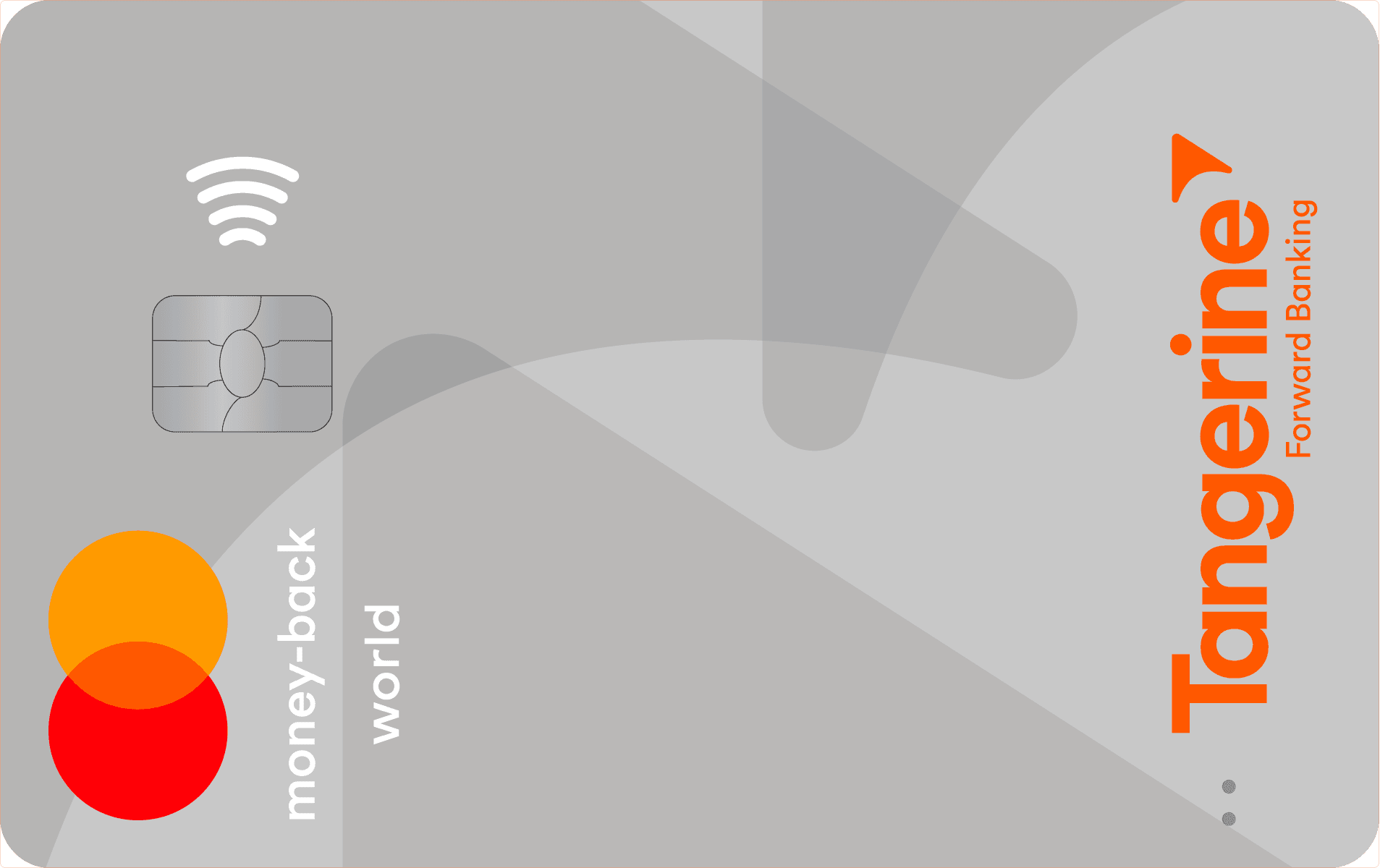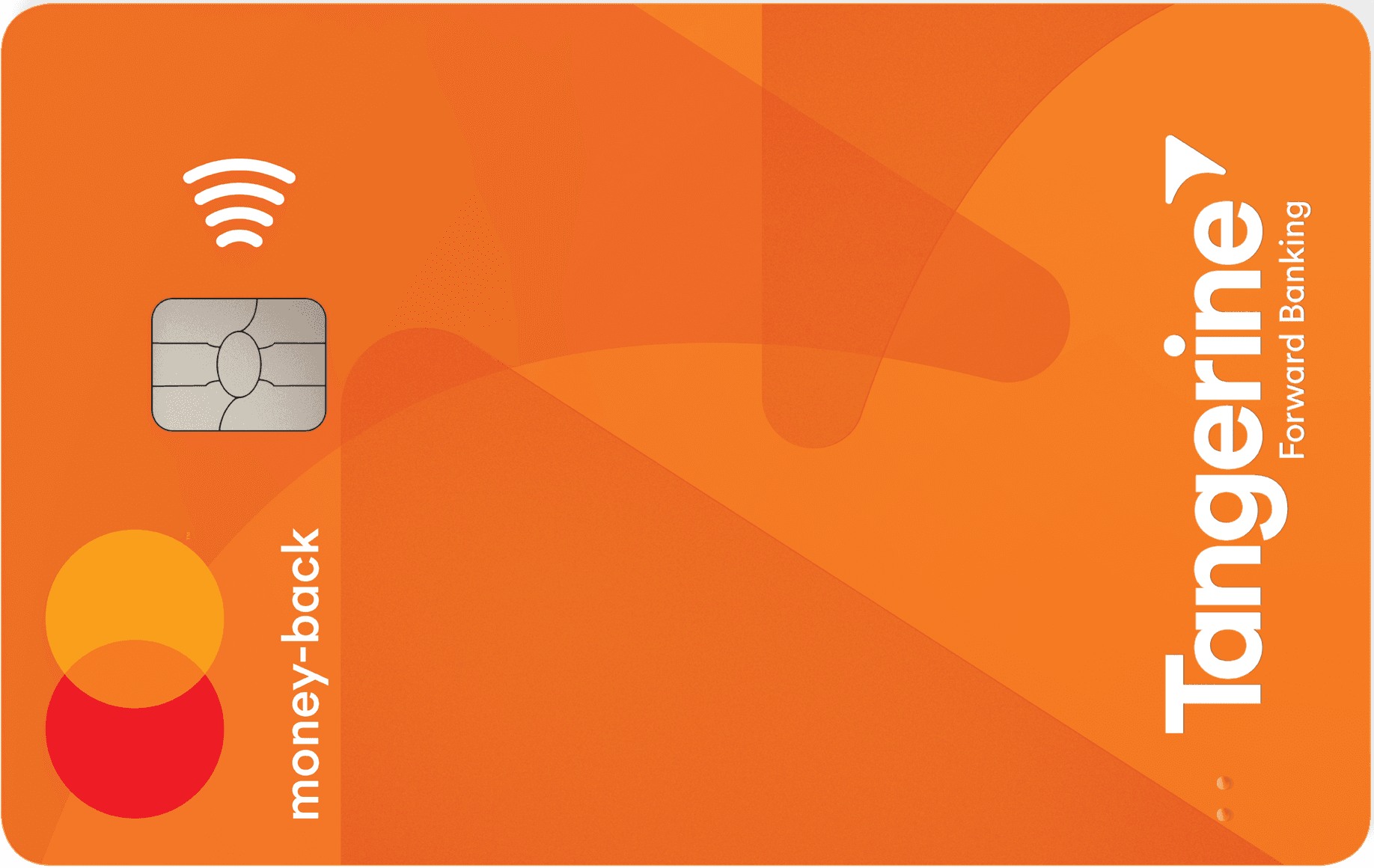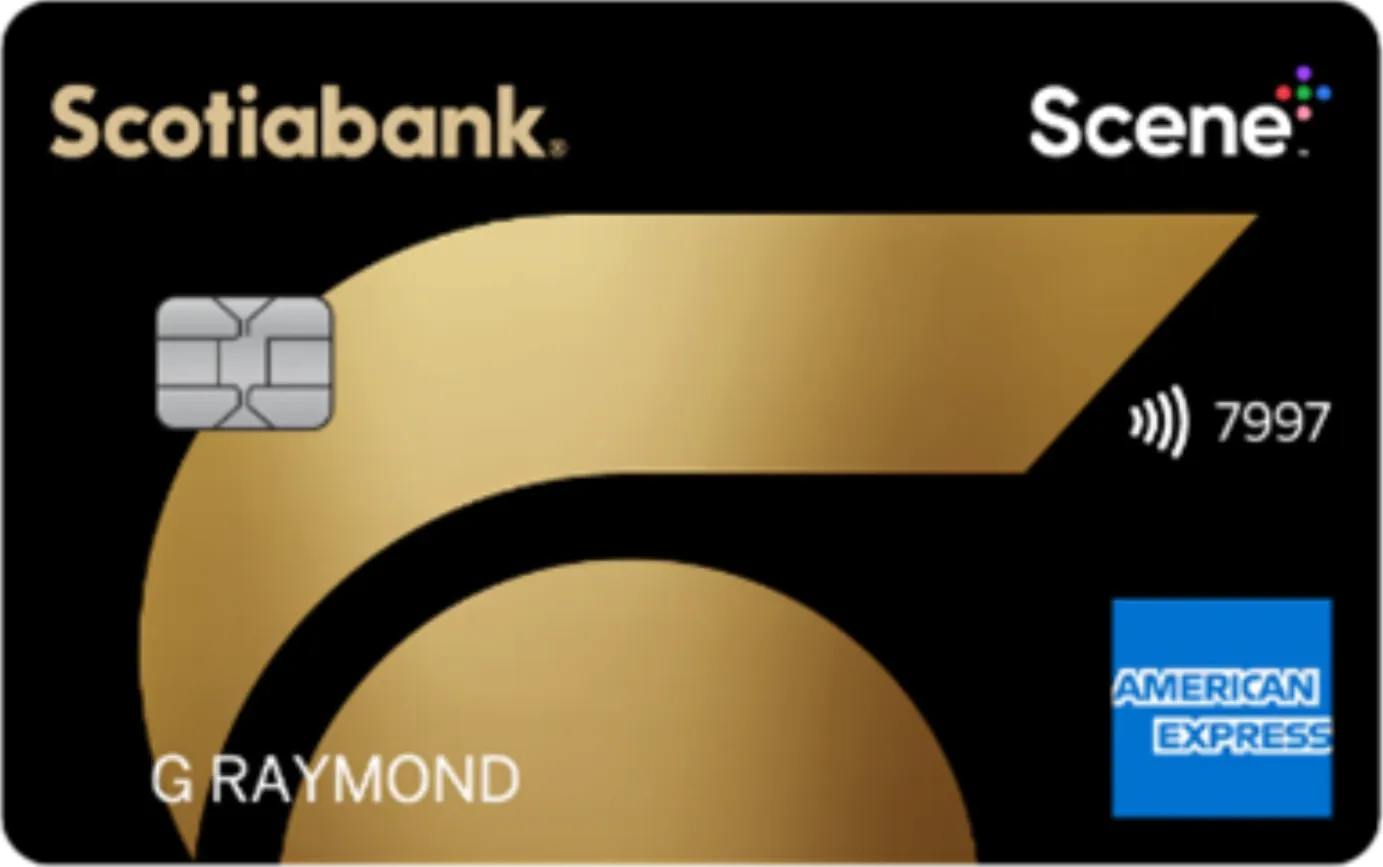Working hard in the background...
How to Optimally Redeem Your Credit Card Points
Published Jan 19, 2025 4:43 PM • 6 min read
Despite what you may think, not all points are created equal. Every loyalty program comes with its own pre-set values for points, and each redemption category within that program holds a different point value as well.
This tells us that there are better ways to optimally redeem your credit card points depending on what type of points you're collecting, and what exactly you plan to spend your points on.
To help you comprehend the best ways to get the most out of your credit card points, we put together this educational blog post.
How Do Point Redemptions Work?
Let’s start from the top, here’s how point programs and point redemptions work in the first place.
Earn Your Points Through Specialized Categories
Every card will come with its own unique rewards program that will earn you points per dollar spent on everything from entertainment and travel to gas and groceries, transit or dining. The amount of points you earn for each specialized category will vary based on the credit card.
In simple terms, this means that every time you make a purchase through an eligible travel booking platform, at an eligible grocery store or gas station, you’ll be rewarded a corresponding rate for every dollar that comes out of your pocket.
Spending Your Points
Once you accumulate a decent amount of points, it’s time to start spending them. This is where the redemption process comes in. When you redeem your points, you ultimately use them instead of your own money to purchase things like flights, hotel stays, entertainment experiences, or groceries.
Just like every credit card has its own unique rewards program, each card will also have a different redemption program (specified categories towards which you can redeem your rewards). You’ll also notice that each redemption category has different point values. For example, your points might be worth more when you redeem them towards a travel redemption category rather than the statement credit or merchandise categories (depending on what the card offers).
How Do You Calculate Your Points?
In this next section, let’s build off of that last point on redemption category values.
Sometimes, it might be easy for you to do your own math to calculate what your points are worth. For instance, if 100 points gets you $1 off of eligible travel purchases, every point from your card’s specified loyalty program is worth one cent.
Things can get confusing though when the point values per category include decimals and odd numbers. In these cases, or any point redemption case for that matter, you can take advantage of our easy-to-use points calculator.
This calculator allows you to input the number of points you have, then select the loyalty program that corresponds to your card. You can find out which loyalty program your card uses by checking out your credit card’s card details through our Best Credit Card Finder Tool. For example, if your card is from American Express, you might be dealing with American Express Membership Rewards points.
Beneath these helpful calculator filters, you’ll also find a breakdown of what each point is worth for every redemption category in your loyalty program, ranked from most valuable to least valuable. This will give you a better idea of how to optimize your points if you stick to the top redemption categories on the list.
The Best Ways to Redeem Your Points
If you mess around with the points calculator, you’ll see that many rewards programs prioritize travel as a top points redemption category – meaning you get the most value out of your points when you redeem them towards eligible travel bookings through your card.
As we’ve seen, “travel” categories often include or are broken up into subcategories that cover flights, hotel bookings, and vacation packages.
Flight Redemption Optimization
Starting with flights, there are some extra steps you may want to take to make sure you're making the most out of your travel redemptions.
Transfer to Airline Partners
Some credit card loyalty programs allow you to transfer your points towards airline partners and then book directly through those airlines.
Some of these participating loyalty programs include:
- American Express Membership Rewards
- RBC Avion Rewards
- TD Rewards
- Scotiabank Rewards
- CIBC Aventura Rewards
- BMO Rewards
Most commonly among these loyalty programs, you can transfer your rewards to airline partners like:
- Air Canada Aeroplan
- British Airways
- WestJet
- Cathay
Transfer partners will vary between loyalty programs.
For partners such as Aeroplan and British Airways, the transfer of loyalty program points like American Express Membership Rewards to their own airline points program is done so at a 1:1 ratio – making it an effective transfer. Sometimes, there are promotions that allow you to transfer your points at an even higher ratio, so if those promotions occur, don't forget to take advantage of those opportunities.
Before deciding which partner in particular you’re going to transfer your points to, do some digging on each airline’s website to compare which options would cost you the least amount of points. You'll also want to pay attention to when these deals take place and make sure it corresponds with your vacation time (or remain flexible for the best results).
Fixed Redemption Programs
Sometimes, certain loyalty programs offer fixed redemption programs – this means that the points needed for a particular air-travel ticket are predetermined no matter the route, ticket pricing, or availability. For example, a round-trip domestic flight might have a fixed-point requirement of something like 25,000 points, whereas an international round-trip might ask for 50,000 points from the corresponding loyalty program.
The upside to this type of redemption program is that it’s predictable, meaning the fixed amount of points required won’t fluctuate regardless of demand or destination. It’s also a fairly simple process to follow once you review each participating loyalty program’s redemption tables. That said, this method isn’t super flexible and may put you in situations where you’re actually using more points than necessary when the actual ticket-price is reduced, but the fixed-point requirement doesn’t budge.
Some loyalty programs that use fixed redemption programs include:
- American Express Membership Rewards
- CIBC Aventura
- TD Rewards
- Scotiabank Rewards
- RBC Avion
- BMO Rewards
If your card's loyalty program provides the option to transfer your points to specified airlines and a fixed redemption program, then both point redemption options must be compared to make sure you’re getting the best deal.
On the other hand, if your loyalty program only offers a fixed redemption program, you should search the ticket prices of your desired route and compare how many points are required to accommodate the featured costs. If the ticket value is much lower than what our points calculator estimates, then you’re likely not getting the best deal.
Cross-Search Tools
We get it, tediously searching for flights that require the least amount of points can be a confusing and time-consuming task. To remedy some of those complexities, you can use cross-search tools that filter through all the flight deals for you.
Here are two stand-out cross-search tools to help get you started:
Point.me
The self-serve search engines at point.me are eager to find you the best flights for your hard-earned points. Sometimes, they’re even able to show you seats the airlines don’t explicitly advertise.
These top-tier, best-value options are presented to you side-by-side so you can make educated comparisons.
Need a little more guidance? No problem! Point.me also offers concierge services led by experts on points that can help you sift through all your options and navigate the entire redemption process – for a price.
To sign up, all you need to provide is your name, your preferred email address, and a secure password.
After that, you’ll automatically be signed up for a basic membership, but there are a couple of membership tiers to choose from:
- Basic: the default membership that allows you to discover destinations with Explore and exclusive monthly destination tips for free.
- Standard: the most popular tier that provides access to real-time flight searches and step-by-step booking instructions – all for an annual fee of $129.
- Premium: the “best deal” tier that comes with free points strategy consultation, a $100 credit towards concierge services, and a discount on concierge services – all for an annual fee of $260.
Pointhound
If you were hoping for a tool that forgoes any extra fees, Pointhound could be the cross-search option for you, particularly if you collect American Express Membership Rewards points.
Designed to snag users free and discounted flights, their search engines review more than 150 airlines to find the best airline point transfers. These free and customized deals are delivered straight to your inbox.
To join the Pointhound community, you can create an account or link one to your Google account. Once you confirm your email, you’ll be able to select and track up to 3 U.S. airports then input which loyalty program you earn your points from (likely Amex Membership Rewards for Canadian users).
Hotel Redemption Optimization
Alongside flights, hotel bookings are also a popular high-value redemption category across many credit cards.
Let’s take a look at how you can optimize your hotel reservations across multiple methods offered by various loyalty programs:
Transfer to Hotel Partners
Similar to the process you should follow for flight redemptions, you may also be able to transfer your points to partnered hotel loyalty programs like Marriott Bonvoy, sometimes at a 1:1 ratio (this will vary depending on the hotel partner and loyalty program).
Eligible hotel partners can also be linked to other perks that come with your card, like status lifts that give you access to room upgrades, bonus points, and more.
Redeem Points Through Travel Portals
Some credit cards allow you to redeem your points through specific travel portals like those directly part of the loyalty program (like American Express Travel) or affiliated agencies like Expedia (as used by programs like TD Rewards).
Oftentimes, you can pay for your stay with points in full or in part, covering the rest of the fees out of pocket. This will of course depend on the loyalty program you’re using.
Apply Points to Eligible Travel Purchases
For certain loyalty programs like Scene+, you can also opt to apply your points towards an eligible stay that was pre-booked on your Scene+ credit card. All you have to do is choose the Apply Points to Travel option to cover vacation costs.
Promotional Point Optimization
Another way you can optimize your hotel stays is by checking if your loyalty program offers hotel promotions when you pay for accommodations or services with points.
A popular example is offered through loyalty programs like Air Canada Aeroplan, where you can sometimes get a free extra night on eligible hotel stays when you pay for your stay using Aeroplan points.
Optimize Even Further with Vacation Packages
There are loyalty programs that will even allow you to redeem points towards all-inclusive vacation packages or bundles.
These vacation packages often bundle hotel stays and flights, which can sometimes lead to more savings. So, it might be worth it to check if packages would be more beneficial for your points prior to booking your flight and stay separately.
The Worst Ways to Redeem Your Points
We highlighted travel as the best points optimization category across most credit cards because it appeared (in some form or another) at the top of most credit card redemption category lists.
In this section, we’re about to do the same thing, with a focus on the opposite side of the redemption-value spectrum.
While the following three categories are common across most redemption lists, they also commonly offer the least lucrative point values overall.
Merchandise
The merchandise redemption category allows you to spend your points on everyday items sold by brands that are typically partnered with your credit card.
While it might be nice to see a product pop up that you’ve been eager to buy, your points are typically much more valuable when redeemed towards other categories that precede merchandise. These higher-tier categories can double and sometimes triple your point value.
Statement Credits
Similar to Merchandise, statement credits aren’t the best place to put your points, especially if you’re using a travel-oriented credit card. A good rule of thumb is to always look for redemption categories that are closest to a 1:1 value, which oftentimes, statement credits are not, in fact, they tend to be much lower.
So, while it’s nice to see money go back into your credit card statement balance, you could be saving more money by using those same points towards other redemption categories at the top of your card’s redemption list.
If you’re really that intrigued by rewards that put cash back into your account, it makes much more sense to apply for a cashback credit card designed for that specific purpose.
Gift Cards
Most of the time, it’s nice to receive a gift card as a flexible gift or form of payment, but using your points to purchase eligible gift cards usually isn’t the most optimal way to make use of your points.
In fact, you’ll often find the gift card redemption category at the bottom of most credit card redemption rankings.
Point Redemption Categories Across Popular Loyalty Programs
You’ll always want to check your credit card details for your card’s redemption categories, then use the points calculator to assist you in making your redemption decisions.
To paint a better picture for you, we’re going to highlight some of the point redemption categories across popular and valuable loyalty programs. If you don’t see your card’s unique loyalty program on this brief list, you can find it through the “Loyalty Program” filter on the points calculator.
American Express Membership Rewards Program
Most Amex credit cards collect American Express Membership Rewards points. Here are the redemption categories provided through this popular loyalty program:
- Transfer to Airline Partners: when you use your points to purchase plane tickets from a partnered airline.
- Fixed Point Travel Program: when you use a fixed number of points to cover base ticket prices on eligible flights (capped at the maximum base ticket price).
- Transfer to Hotel Partners: when you redeem your points towards hotel bookings, particularly at partnered hotels like Marriott Bonvoy.
- Statement Credits (Cash): when you turn your points into cash towards your credit card statement balance.
- Gift Cards: when you use your points to purchase eligible gift cards.
- Amazon.ca: when you redeem points towards Amazon.ca purchases.
- Merchandise: when you use your points to purchase eligible everyday items.
As you can see, the most worthwhile ways to redeem your points with any card that uses the American Express Membership Rewards program, is to use your points towards travel – specifically towards flights with partnered airlines and accommodations at partnered hotels.
Scene+ Rewards Program
Another common rewards program you’ll see is the Scene+ rewards program, which is associated with most Scotiabank issued credit cards.
Here’s the Scene+ redemption categories list, ranked from most valuable to least valuable:
- Entertainment: when you redeem points toward entertainment experiences like going to eligible movies, performances, and concerts.
- Travel: when you choose to redeem your points towards eligible flights or vacation packages.
- Groceries (Sobeys): when you use your points to purchase groceries at Sobeys.
- Restaurants: when you pay for your meal at eligible restaurants using points.
- Merchandise: redeeming your points towards eligible everyday items.
- Gift Cards: using your points to purchase eligible gift cards.
- Statement Credits (Cash): redeeming your points as cash towards your credit card statement balance.
What we learn from this list is that Scene+ points are most valuable when used towards entertainment, travel, and grocery purchases – giving cardholders a good mix of everyday redemptions with experiential redemptions (like entertainment and travel).
Air Canada Aeroplan Rewards Program
There are a number of Aeroplan-affiliated credit cards that use the Air Canada Aeroplan Rewards Program. Some other loyalty program points, like American Express Membership Rewards points, can also be transferred to Aeroplan points at a 1:1 ratio.
Here are the redemption categories you can expect through this specific loyalty program, also ranked from most valuable to least valuable:
- Aeroplan Flights: when you transfer and redeem your points towards eligible Air Canada flights or flights from any partnered airlines.
- Car Rentals: when you use your points to rent a vehicle.
- Travel: more broadly, when you use your points toward eligible flights or vacation packages.
- Merchandise: redeeming your points towards eligible everyday items.
- Gift Cards: turning your points into eligible gift cards.
With cards that use the Air Canada Aeroplan rewards program, you’ll get the most value through your points on Aeroplan flights, car rentals, and other eligible travel arrangements.
Conclusion
Ultimately, you need to understand that a point’s value is based on both the loyalty program it belongs to and the redemption category it’s applied to.
Best practices for optimally redeeming your points are to calculate your point values using tools like our points calculator, and reviewing which redemption categories offer the highest point value through the redemption process.
To make deciphering this easier, our points calculator also lists the redemption categories for each loyalty program from most valuable to least valuable.
In general, you’ll see categories pertaining to travel at the top, and categories like merchandise and statement credits at the bottom. This placement indicates that travel redemptions are overall much more optimal, while merchandise and statement credit redemptions simply drain your points' potential.
Frequently Asked Questions
Do your points expire?
Depending on the loyalty program, points can expire after a certain period of time if your account becomes inactive. To keep your account active, all you have to do is continue to make transactions. So if you actively use your credit card, you shouldn't have to worry about your points expiring, especially if your account remains in good standing.
Trending Offers

Tangerine® Money-Back World Mastercard®*

Tangerine Money-Back Mastercard

Neo World Elite® Mastercard®

Scotiabank Gold American Express® Card
About the author

Sara Skodak
Lead Writer
Since graduating from the University of Western Ontario, Sara has built a diverse writing portfolio, covering topics in the travel, business, and wellness sectors. As a self-started freelance content ...
SEE FULL BIOAbout the editor

Abid Salahi
Credit Card Expert
Abid leads the design and engineering of the FinlyWealth website, making sure everything runs smoothly and looks great. He’s a seasoned software engineer who follows best practices and designs interfa...
SEE FULL BIO